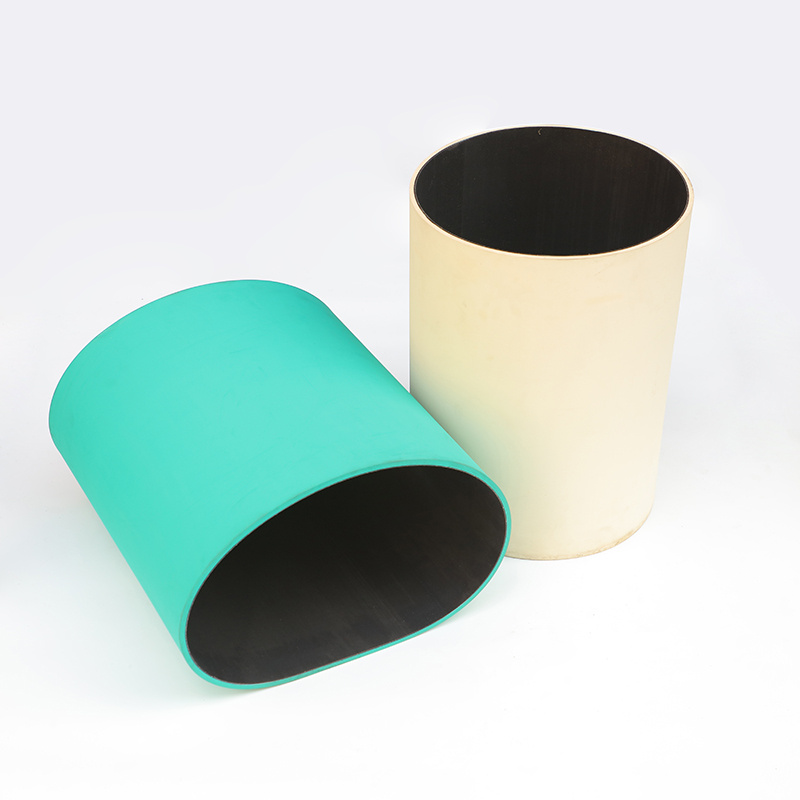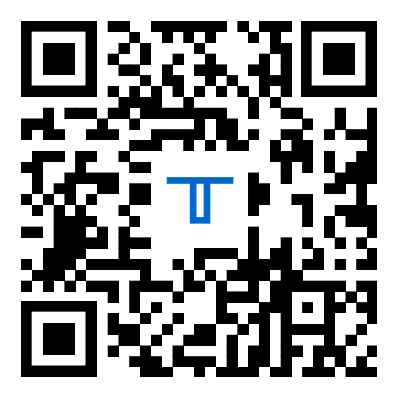What Transmission Uses Belts?
2025-08-11
Belt-driven transmissions are widely used in industrial and automotive applications due to their efficiency, smooth operation, and cost-effectiveness. At LSL®, we specialize in manufacturing high-performance Rubber Transmission Belts designed for durability and optimal power transfer. This article explores the types of transmissions that use belts, their key features, and why they remain a preferred choice in various industries.
Common Applications of Belt-Driven Transmissions
Our Rubber Transmission Belts are essential components in:
1. Automotive Systems: Used in alternators, power steering, and air conditioning compressors.
2. Industrial Machinery: Found in conveyor systems, pumps, and manufacturing equipment.
3. Agricultural Equipment: Powers tractors, harvesters, and irrigation systems.
4. HVAC Systems: Drives fans and blowers for efficient air circulation.
Key Features of LSL® Rubber Transmission Belts
To ensure reliability and performance, our belts meet the following specifications:
Material Composition: High-grade rubber compounds; Reinforced with polyester or aramid cords
Available Types:
| Type | Width Range (mm) | Thickness (mm) | Temperature Range (°C) |
|---|---|---|---|
| V-Belts | 10 - 50 | 6 - 20 | -30 to +85 |
| Timing Belts | 15 - 100 | 2 - 10 | -40 to +120 |
| Flat Belts | 20 - 500 | 1 - 15 | -20 to +100 |
Performance Advantages: High tensile strength; Resistance to wear and abrasion; Minimal slippage for efficient power transmission
FAQ: What Transmission Uses Belts?
Q1: What transmission systems primarily use Rubber Transmission Belts?
A1: Belt-driven transmissions are commonly found in engines, conveyor systems, and machinery where smooth, quiet operation is required. Our LSL® belts are engineered to handle high-speed rotations and heavy loads efficiently.
Q2: How do Rubber Transmission Belts compare to chain or gear drives?
A2: Unlike chains or gears, our belts operate quietly, require less maintenance, and absorb vibrations better. They are also more cost-effective for medium-power applications.
Q3: What factors determine the lifespan of a transmission belt?
A3: Key factors include material quality, alignment, tension, and operating conditions. LSL® belts are designed with reinforced layers to resist stretching and cracking, ensuring long-term durability.
Why Choose LSL® Rubber Transmission Belts?
Our factory utilizes advanced manufacturing techniques to produce belts that meet global standards. Whether you need custom sizes or bulk orders, we ensure precision engineering and reliable performance for your transmission systems. For inquiries or quotes, reach out to Zhejiang INJ Transmission Systems Co., Ltd.



